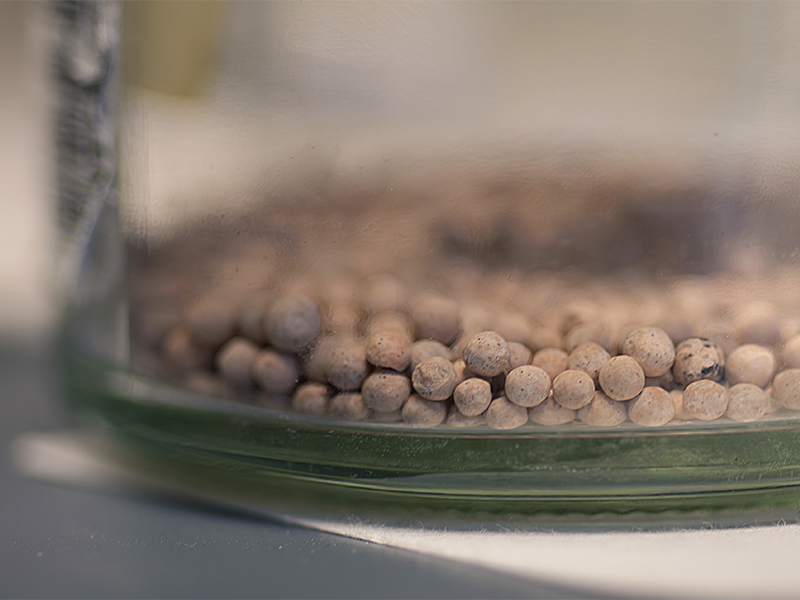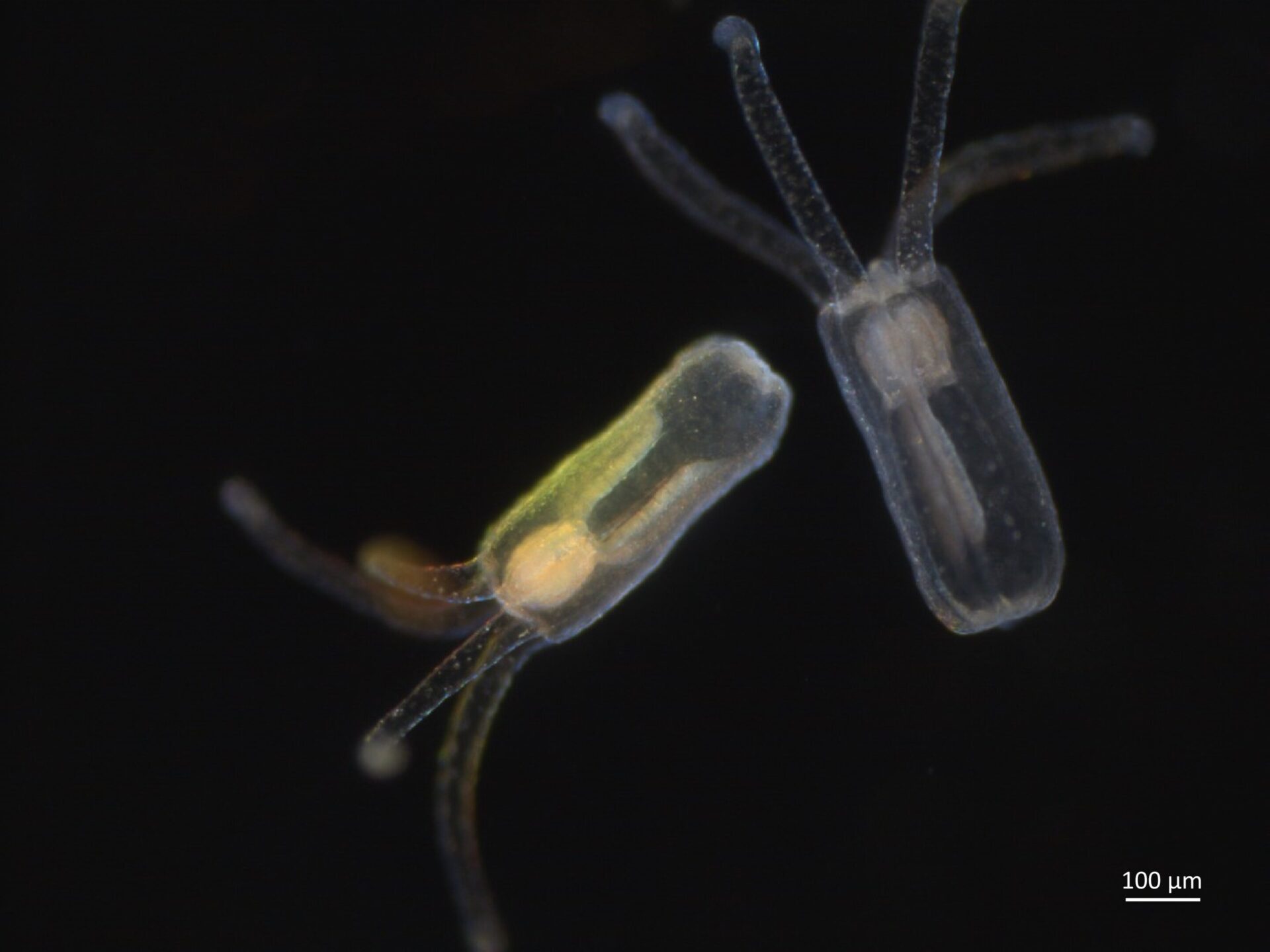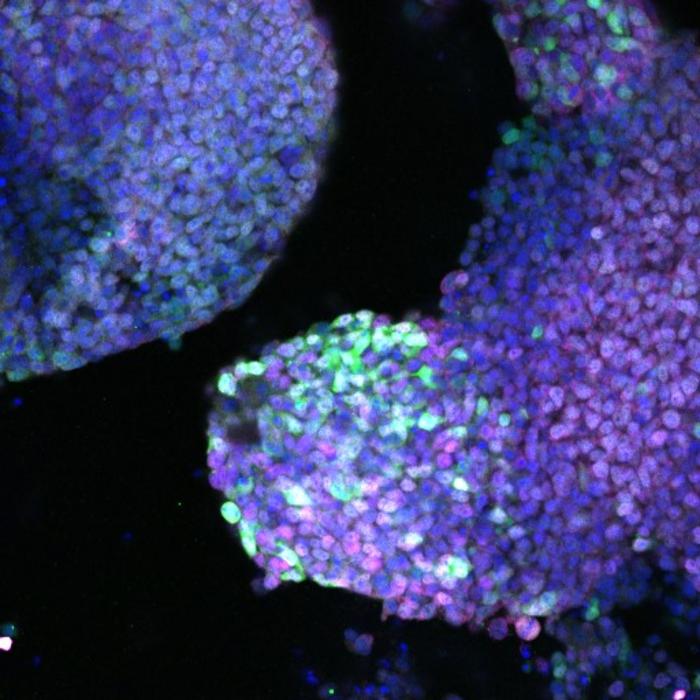
According to the American Diabetes Association around one in every 400 to 600 children and adolescents has type 1 diabetes – also known as IDDM, or juvenile diabetes. Currently there is no known way to prevent the disease which requires sufferers to administer insulin usually via injection or a pump. Using a nanotechnology-based “vaccine,” researchers were able to successfully cure mice with type 1 diabetes and slow the onset of the disease.
Type 1 diabetes is caused when certain white blood cells (called T cells) mistakenly attack and destroy the insulin-producing beta cells in the pancreas. The subsequent lack of insulin leads to increased blood and urine glucose and is fatal unless treated with insulin.
“Essentially there is an internal tug-of-war between aggressive T-cells that want to cause the disease and weaker T cells that want to stop it from occurring,” said Dr. Santamaria from the Julia McFarlane Diabetes Researchers Center at the University of Calgary, Alberta, who is a Juvenile Diabetes Research Foundation (JDRF) Scholar.
The researchers were looking to specifically stop the autoimmune response that causes type 1 diabetes without damaging the immune cells that provide protection against infections – what is called an “antigen-specific” immunotherapy. They developed a unique vaccine comprised of nanoparticles, which are thousands of times smaller than the size of a cell. These nanoparticles are coated with protein fragments – peptides – specific to type 1 diabetes that are bound to molecules (MHC molecules) that play a critical role in presenting peptides to T cells.
The nanoparticle vaccine worked by expanding the number of peptide-specific regulatory T cells that suppressed the aggressive immune attack that destroys beta cells. The expanded peptide-specific regulatory cells shut down the autoimmune attack by preventing aggressive autoimmune cells from being stimulated by either the peptide contained in the vaccine or by any other type 1 diabetes autoantigen presented simultaneously on the same antigen presenting cell.
The research also provided an important insight into the ability to translate these findings in mice into therapeutics for people with diabetes: nanoparticles that contained human diabetes-related molecules were able to restore normal blood sugar levels in a humanized mouse model of diabetes.







![Reblog this post [with Zemanta]](http://img.zemanta.com/reblog_b.png?x-id=ab2a3e28-2532-4c92-958c-d296914d04d9)
